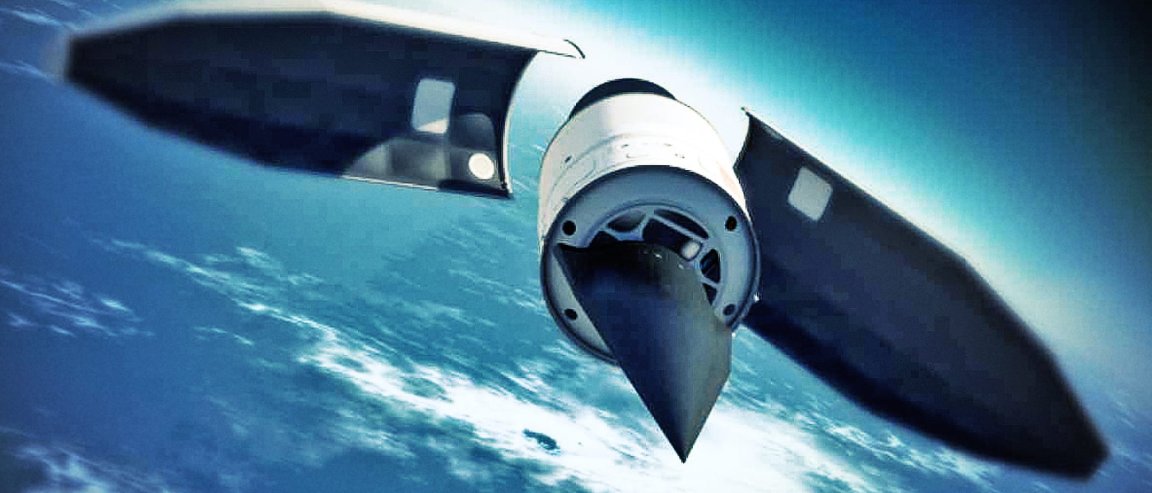
Exploring the Hypersonic Frontier
After a half-century hiatus, hypersonic research is about to make a comeback in a big way. And that means super-fast missiles, surveillance drones, and even manned vehicles.
As early as 2020, the Air Force may have a series of prototypes ready for shakedown tests and operational experiments. According to Major General Thomas Masiello, commander of the Air Force Research Laboratory, the focus will be on incremental, progressive steps building to a viable infrastructure for hypersonic technology.
This represents a more prudent, restrained approach for the Air Force, in contrast to earlier attempts that aimed for a kind of spectacular “moonshot” to create a manned hypersonic system all at once.
“We’re looking for more singles, base hits, versus trying to go for a home run,” Maj. Gen. Masiello explains.
For example, in recent years, the Air Force has been experimenting with the X-51, a hypersonic cruise missile. Four test flights were conducted, with only a 50-50 success rate. Not terrible, but not great either; however, Maj. Gen. Masiello sees the two failed flights as more instructive and ultimately fruitful than the successes. “You have to build an environment that allows failure, because if you don’t, you’re not going to be pushing the boundaries of technology.”
So the failures have contributed to a greater understanding of the significant challenges attending hypersonic research. It means we’re getting closer to a functional, reliable hypersonic engine.
The Future of Warfare
Further down the road, in the 2030s (it is estimated), the technology will have matured from merely delivering warheads, to hypersonic autonomous surveillance and even armed drones, and fast, high-flying reconnaissance flights.

An even greater development would see manned fighters, bombers, and other Air Force assets outfitted with hypersonic engines, which could usher in a revolution in strategic warfare. Aircraft carriers, for instance, the backbone of American military might, would be rendered obsolete; floating air bases would no longer be required, since virtually anywhere in the world would be directly accessible in only a few hours from any land base in the United States.
Of course, that raises the specter of other powers developing the same technology, and having the same long reach and strategic capability. The United States is not the only player at the hypersonic game. Russia and China have their own programs underway, and it’s understandable why: it would change the strategic arithmetic.
America once led the way in hypersonic research, but the X-15 program was abandoned in the 1960s, and allowed to languish. So the new programs by the Air Force, if belated, are very welcome to the nation’s war-planners.
“Hypersonic capabilities are inevitable, they are going to happen,” Maj. Gen. Masiello warns. “If they don’t happen in the United States, they will happen in other countries first.”
